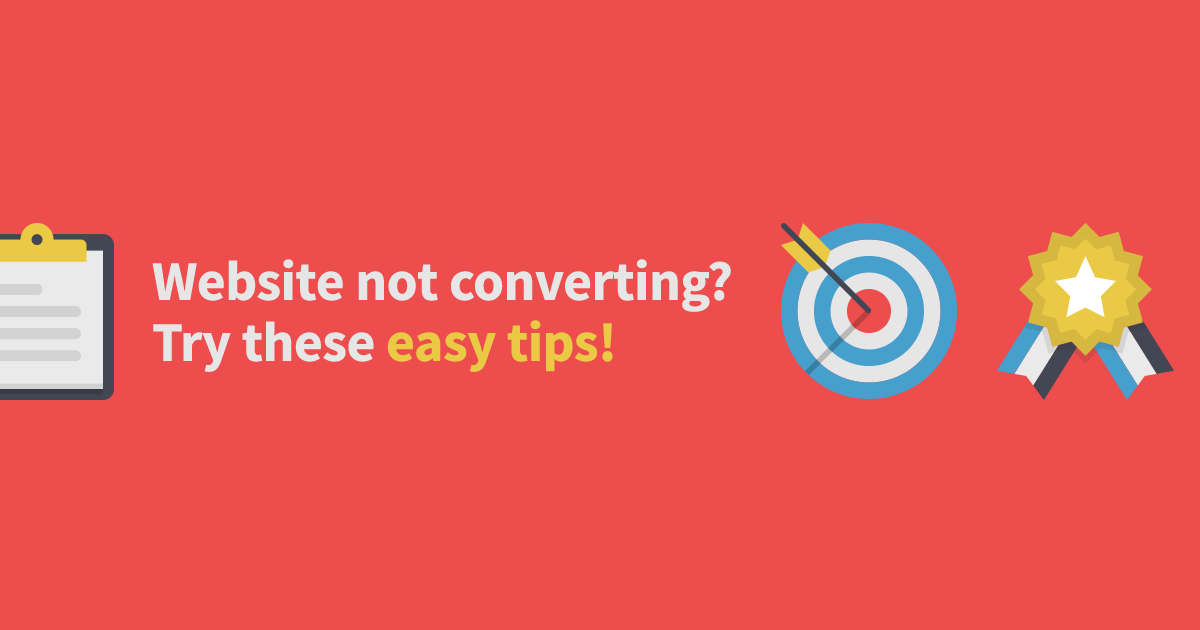

Want to know how successful your website is as a marketing tool? You need to know its conversion success rate.
Conversions need to be the no. 1 focus for any online strategy, rather than just trying to get more traffic. Traffic doesn’t necessarily deliver results, conversions do.
Simply put, a conversion is when a site visitor takes a specific action on your site.
The action can be anything from submitting a form, signing up for a newsletter, to buying a product, it all depends on who you're trying to convert.
If your website isn't taking full advantage of every conversion opportunity available, then your bottom line is bound to suffer. But fear not! We're here to help...
Visitors will almost always look at the headline before anything else, and since you only have a few seconds to catch their curiosity, you should definitely spend some time crafting an eye-catching headline that resonates with your audience.
Headlines are often overlooked, but they're an integral piece of an effective conversion funnel.
Whether your traffic is coming through search engines, paid ads or social media, you need to approach headline writing with questions like What am I trying to tell my visitors? What's the best way to say this in a headline that gets site visitors interested enough to read on?
A good headline should also include targeted keywords, but remember, you're trying to entice people, not machines, so make sure it reads correctly. Here’s some stellar ideas to help you come up with your own...
Calls-to-action are strategic ways to get a site visitor to take an action. Calls-to-action (CTA) can be anything from links in text to sign-up forms.
Here’s 2 easy steps to come up with some very clickable CTA’s
Here are a few CTA examples to give you some ideas.
CTA’s are a proven way to get more conversions on your website, so its worthwhile testing your CTA's to discover what works. This doesn’t need to be a huge time drain, these days there are complete marketing systems like HubSpot, that make this process simple, fast and measurable.
The two conversion tips above help prepare your website's visitors to take action. Whatever action that may be, all of them need to submit a form so you can capture their details.
Here are a few tips for optimising your forms to improve conversions.
Hopefully these three conversion tips shed some light on why you might be experiencing an abnormally low online conversion rate. If you're still stumped, feel free to get in touch.
© 2025 Itag Media | Legals | Privacy Policy | Site Map
your brand. made better